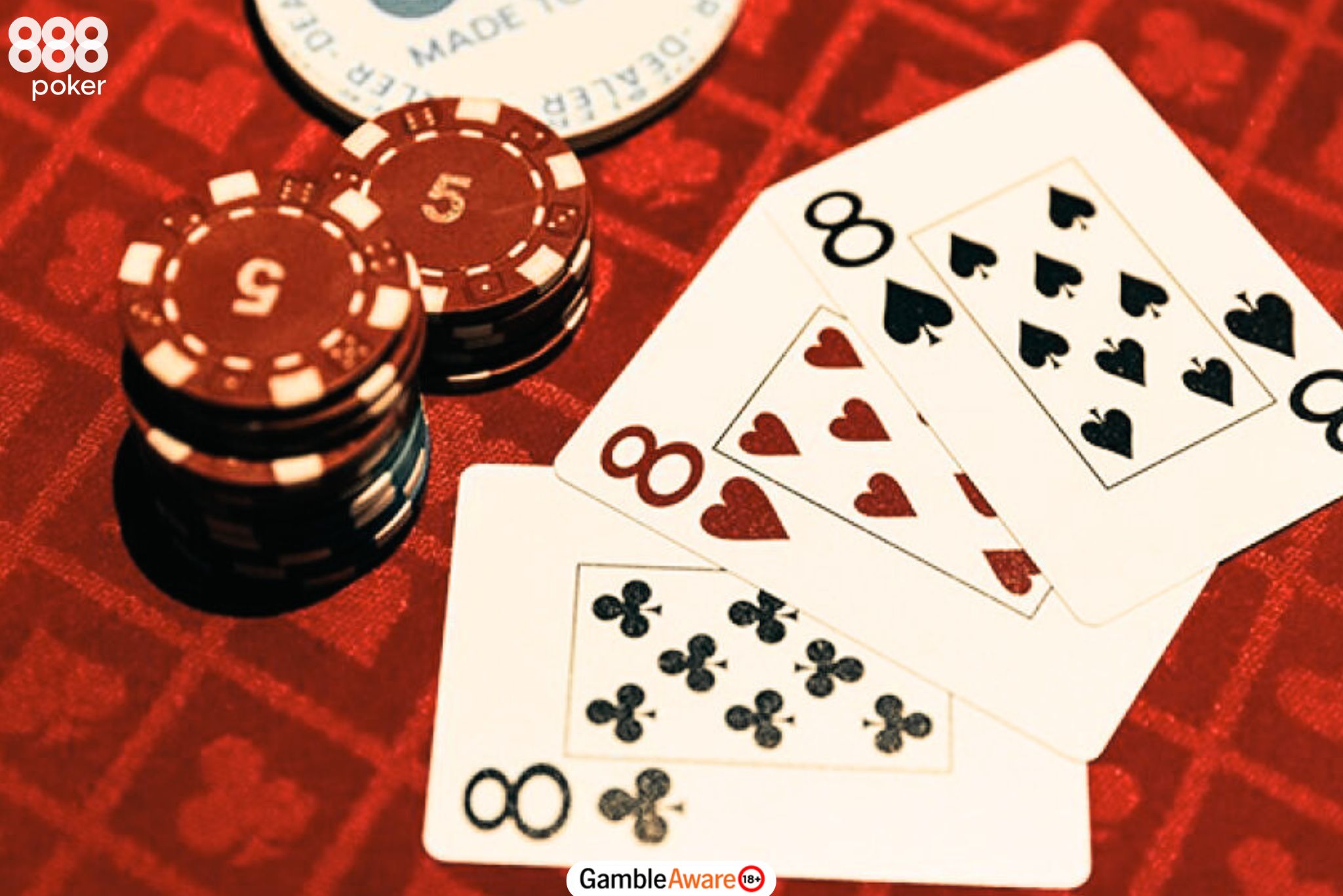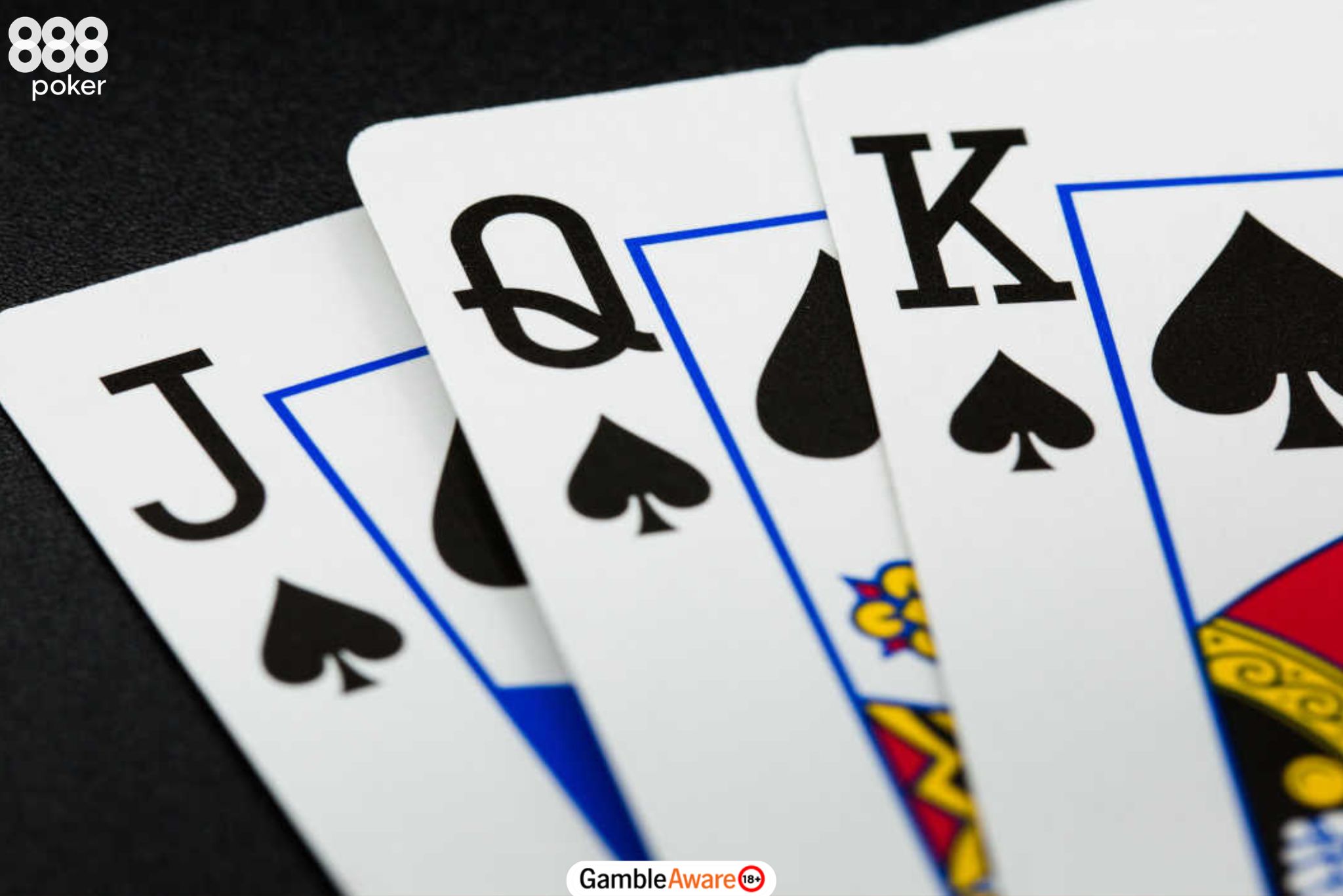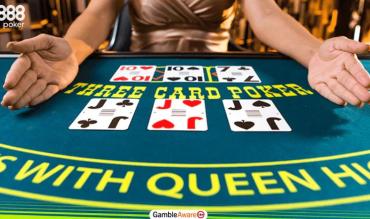Updated on September 2, 2025
What is Three Card Poker? This format is one of the types of poker games based on a hybrid poker-based table game.
- You don’t play against other players.
- Like all table games, the house has an edge built into the game’s odds.
- Caribbean Stud Poker started this trend for poker-based games, and Three Card Poker followed suit.
You play against the dealer or a pay table. Unlike games like Texas Hold’em or Omaha, other players' hands don't matter — live tells or tracking opponents’ tendencies aren’t relevant in this strategy.
Instead, it’s a straightforward game where you play versus the casino… with the potential for massive payouts!
How to Play Three Card Poker
Read on to learn how to play three card poker and strategy.
Requirements
- Live casinos: One 52-card deck and chips. Automatic shufflers usually rotate decks.
- Online: Virtual cards, chips, and a credit meter track betting. Some sites stream live dealers.
Poker Objective
The goal is simple: make the best three-card poker hand. No exchanges or draws — it’s what you’re dealt. It’s a stud-style game.
Depending on your bets, you’re either:
- Hoping to make a pair or better, or
- Trying to beat the dealer’s hand.
Hand Rankings
A twist in the rules is that hand rankings differ slightly from regular poker:

- Straight Flush: 3 consecutive cards in the same suit (K♣️Q♣️J♣️).
- Three of a Kind: (8-8-8).
- Straight: 3 in sequence (6-7-8).
- Flush: 3 of the same suit (A♦️9♦️3♦️).
- Pair: 2 equal cards + kicker (A-A-4).
- High Card: No pair/sequence (Q♣️6♣️4♦️).
In this game, straights outrank flushes, which is the reverse of five-card games. Like most poker variants, any Ace-high beats King-high (A-3-4 beats K-Q-9), but if tied, compare the next highest card, then the third.
How to Play Poker: Gameplay Rules
Betting Options:
- Ante-Play: Your hand vs the dealer’s, the highest poker hand wins.
- Pair Plus: Pays if you make a pair or better; dealer’s hand doesn’t matter.
Note: Some casinos require an ante; others let you play Ante, Pair Plus, or both.
Dealing & Action:
Each player and the dealer get three face-down cards. Other players’ cards don’t affect you.
- Fold: Lose your ante.
- Play: Place a bet equal to your ante, usually in the “play” box (online, click the icon).
Winning & Payouts:
- Dealer has J-high or worse: Hand doesn’t qualify. Player wins ante: play bet pushes (returned). Example: Dealer J-4-3 vs. Player T-9-7 → you win ante, push play.
- Dealer has Q-high or better: Hand qualifies. Higher hand wins both ante and play; lower loses both.
- Ante Bonus: Extra payouts on strong hands, no extra bet needed. Common payouts:
- Straight: 1-1
- Three-of-a-Kind: 4-1
- Straight Flush: 5-1
- (Payouts vary; reduced versions do exist.)
Game Rules: Pair Plus Payouts
The “Pair Plus" bet is separate from ante-play: win with any pair or better. (So, you lose with just a high card.) The dealer’s hand doesn’t matter. Payouts vary, but common U.S. odds are:
- Pair: 1-1
- Flush: 3-1 (sometimes 4-1)
- Straight: 6-1 (sometimes 5-1)
- Three-of-a-Kind: 30-1 (sometimes 25-1)
- Straight Flush: 40-1
Some casinos also pay 50-1 or 100-1 for a “mini royal” (A-K-Q suited).
Game Rules: Stakes
Tables have limits. On a $5 minimum, it costs $10 to play ($5 ante + $5 play). Add a $5 Pair Plus for a total of $15. Ante and play bets must match, but Pair Plus can differ within table limits.
Three Card Poker Strategy & House Edge
This poker format strategy is straightforward compared to GTO poker.
Optimal play:
- Play Q-6-4 or better (including all pairs).
- Fold everything else.
Knowing how to play this poker variation comes down to play or fold. Pairs and high cards are good. Fold the rest.
House edge:
- Ante-play: ~2% of total bets (3.4% of antes).
- Lower Ante Bonus payouts raise this slightly.
- Pair Plus edge depends heavily on the pay table:
- Common U.S. version: 7.28% edge.
- Flushes paying 4-1: edge drops to 2.32%.
- Some European tables: ~2.7% edge.
Poker Game Etiquette
- Playing: Arrange your poker hand from low to high, place it face down in the play box with the bet on top.
- Folding: Slide cards to the dealer.
- Tipping: It’s common to tip ~10%. Place chips beside bet circles, or “bet for the dealer” by adding an ante — if you win, so do they.

House Rules: Every Casino Is Different
- Hands per player: Some allow one hand only; others permit multiple.
- Sharing cards: Many games forbid showing hands, while others allow it.
- Required bets: Some games require an ante, while others allow you to play just Pair Plus.
Advantage Play in this Poker Format
You can’t count cards (decks shuffle every hand), so limit this strategy to play/fold. In an extreme scenario where a dealer accidentally flashes a card, strategy shifts:
- Dealer shows Queen: play Q-9-2+.
- Dealer shows King: play K-9-2+.
- Dealer shows Ace: play A-9-2+.
Seeing one dealer card flips the edge from 2% house advantage to a 3.5% player poker probability edge. In the U.S., courts rule that using exposed info is legal. Online, this never happens since cards aren’t shown before betting.
3 Card Poker Rules Online
It’s the third most-played U.S. table game (after blackjack and craps). Baccarat has bigger wagers, but more people play this poker variation. Online, cards and chips are virtual,
RNGs deal the hands, and some sites use live dealers. Odds, house edge, and strategy remain the same as in live play.
Three Card Poker Summary (Quick Recap)
Here’s a step-by-step guide for this poker format:
1. Place an ante (and optional Pair Plus).
2. Get three cards.
3. Fold or play (matching ante).
4. Dealer must have Q-high to qualify.
- If not: you win ante, play bet pushes.
- If yes: higher hand wins both - ante + play.
5. Pair Plus pays separately on pairs or better.
Know the betting options, pay tables, and house rules at your chosen casino.
Play smart, tip the dealer, and enjoy the action. Good luck!


